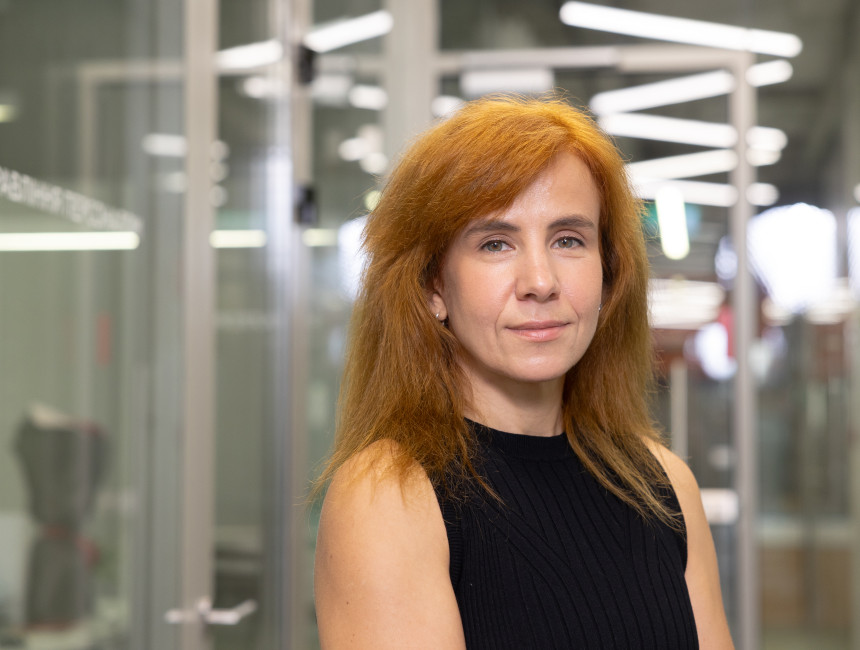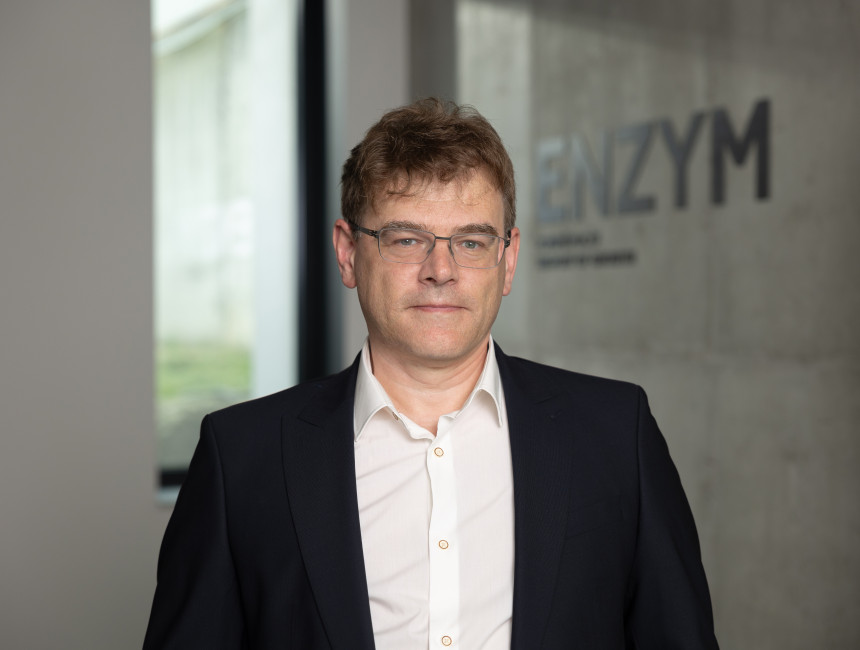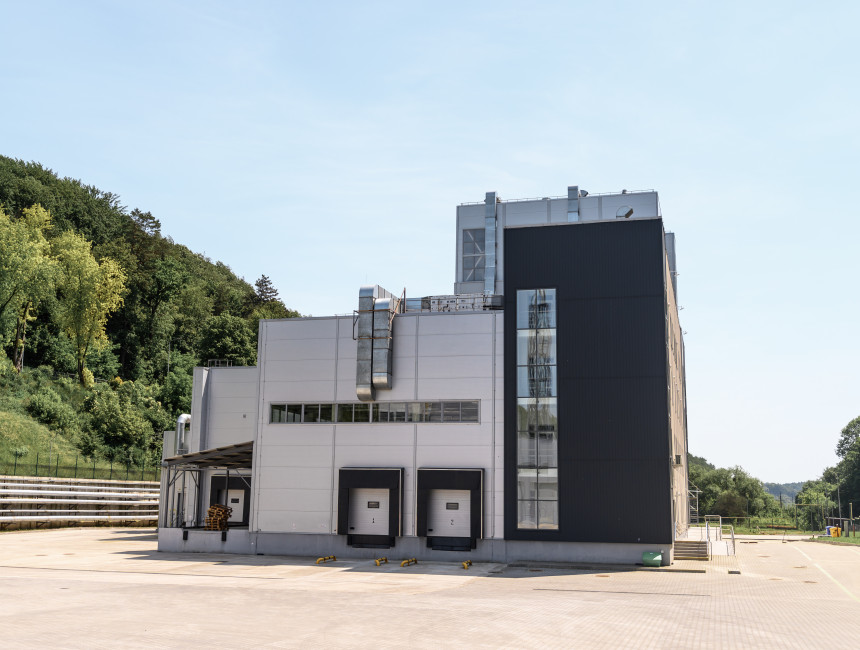In a world where technological cycles are shortening and competition is increasing, R&D is becoming not an expense but a strategic asset of business. For Enzym Group, it is a development tool that helps create products with high added value, reduce costs and open new markets.
R&D as an investment in competitiveness
R&D is not just a laboratory. It is a complex process that includes:
creation of new products and technologies,
- optimization of production processes,
- cooperation with scientific partners and startups.
It is such investments that form unique intellectual property - recipes, technologies, approaches to production that are almost impossible to copy.
Science becomes a business model when it gives a measurable result. For Enzym Group, R&D is a way to increase the value of the company through technology.
How to assess the effectiveness of innovation
In global practice, R&D departments have long been integrated into business strategy. For example, Nestlé invests billions of dollars in science every year, and Unilever shortens the cycle of creating new products thanks to robotic laboratories.
To assess the effectiveness of innovation, companies focus on the following indicators:
share of revenue from new products (last 3 years);
- cost savings per ton;
- time-to-market and ROI of each project;
- number of patents, know-how or technologies transferred to production.
Such KPIs transfer R&D from the category of “costs” to the plane of “results”, helping to make decisions based on data.
How much does innovation cost
Global investments in R&D from 2000 to 2023 increased almost threefold - to $2.75 trillion.
In pharmaceuticals and biotechnology, R&D - up to 20% of revenue.
In the FMCG and food industry - on average 2-4%, but in absolute figures it is hundreds of millions of euros.
Manufacturers of ingredients and functional additives, like Enzym Group, invest more than the average level, because the value of the product is determined not only by the raw materials, but also by its technological uniqueness.
When a business is ready for its own R&D
A company's readiness to develop R&D is determined by four factors:
Financial stability - the ability to invest without risk to operational activities.
- R&D as part of the strategy - creating new products and entering new markets.
- Technological culture - the willingness to experiment, learn and improve processes.
- Innovation ecosystem - cooperation with universities, startups, research centers.
At Enzym Group, these elements are combined into a single system - from its own R&D center to partnerships with international laboratories. This allows the company to simultaneously develop products for the food, feed, pharmaceutical and cosmetic industries.
International practices and Ukrainian context
The R&D departments of Unilever, SAP, Philips, Amazon, Porsche show that the laboratories of the future are a synergy of classical experiments and digital technologies: high-throughput testing, pilot lines, modeling using AI.
Ukraine is forming its own R&D ecosystem: Science City, industrial parks, Horizon Europe Office. Companies that invest in laboratories and partnerships receive not only a technological advantage, but also the opportunity to enter the global market.
Experience of Enzym Group
The company has been developing an R&D center for over 10 years, creating high-margin products based on yeast cells and collaborating with scientific institutions in Europe and Asia.
Among the areas are Food Solutions, Feed Solutions, Bakery Solutions, Alcohol Solutions, each of which has its own research programs.
We invest not only in production, but also in knowledge. Science is our most stable asset.
Investments in R&D are an investment in the future of the company, not an expense item. For Enzym Group, R&D is a strategic direction that creates competitive advantages, forms an ecosystem of partnerships, and turns ideas into products that change the industry.







